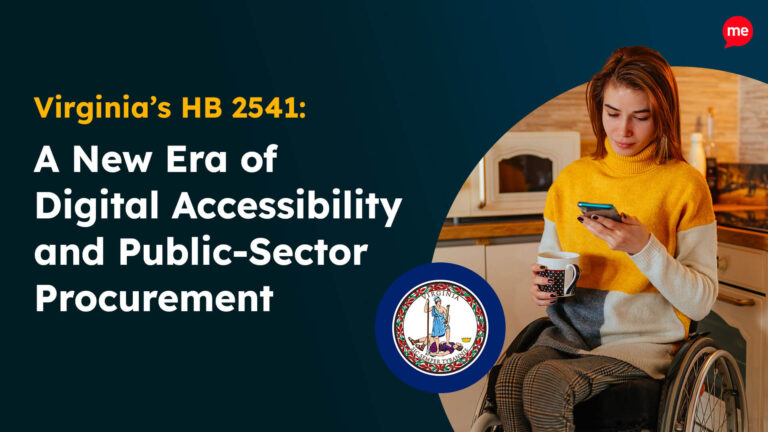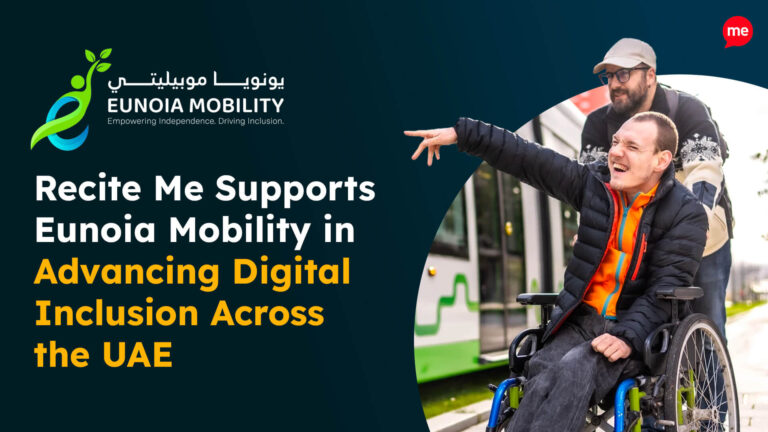Get Your Free Accessibility & Inclusion Toolkit
Download NowThe terms diversity and inclusion are often used interchangeably. But while one does compliment the other, they still represent two uniquely different concepts. If understood correctly, diversity and inclusion can become tools which you can leverage in order to boost employee engagement, foster innovation, and increase market share, as well as set the foundations for a more equitable society. Sold on D&I yet? Let’s explore the main differences between diversity and inclusion, as well as how to get started on your D&I journey.
What is diversity?
Diversity refers to the range of differences within a group of people. Generally, this constitutes differences in protected characteristics like race, gender, age, ethnicity, sexual orientation, and physical abilities. For businesses, this translates to the workforce, where companies must ensure that historically marginalized groups have fair representation across their employee profile.
Why is this important? Fair representation gives underserved communities a voice; a seat at the table, if you will. It is the first step toward building a more equal society and undoing the mistakes of our past. A diverse workforce inspires a diverse and broad customer base, setting the bar for competitors who wish to compete. The result? Raised diversity standards and increased equality across entire industries.
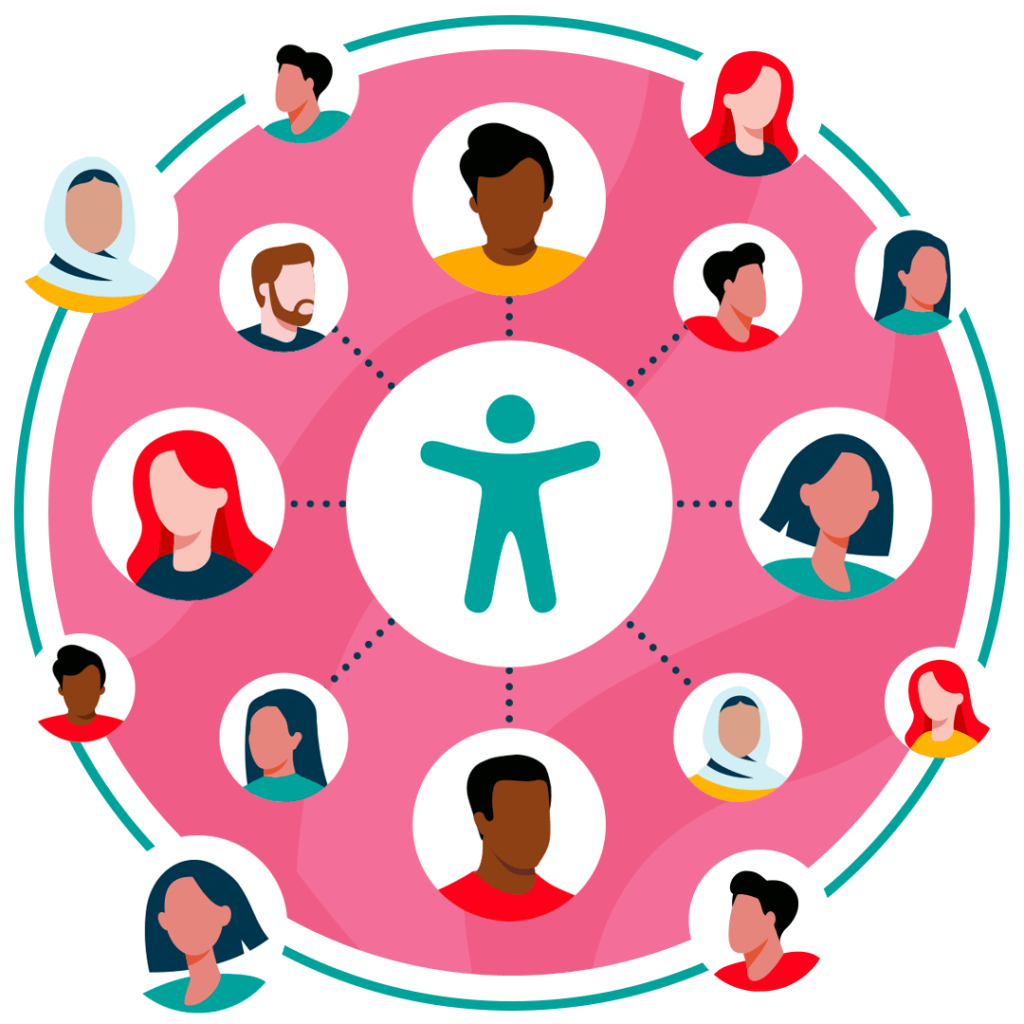
What is inclusion?
If diversity is about giving marginalized groups a voice, inclusion is about ensuring this voice can be heard. Inclusion fundamentally stems from diversity. Once a diverse workforce has been created, strides can be made toward ensuring these once underrepresented groups have the tools at their disposal to thrive in their new environment.
What does this mean exactly? It means eliminating barriers that might make someone feel excluded based on their background or identity. It means ensuring everyone, once a part of the company’s workforce, has equal access to its resources, perks, and facilities. But to achieve this, reasonable accommodations must be made to cater for the newfound diversity.
This might involve putting certain policies in place, such as flexible working hours, to empower single parents or those with medical conditions. Access to assistive technologies might even be granted to disabled users as part of an inclusive working policy, allowing them to complete daily tasks effectively and without barriers.

Free Accessibility Check of your Website
Finding accessibility issues is now easier than ever. Recite Me offers a free automated scan of your website’s homepage to highlight non-compliance. You’ll get recommendations on how to fix them, helping to improve your accessibility score.
What are the differences between diversity and inclusion?
While diversity focuses on who is in the workplace, inclusion is about how those people are treated. Are they given the support and tools needed to succeed? Or are they brought into the community and left to fend for themselves?
Without inclusion, diversity risks turning into mere tokenism, where people from underrepresented groups feel that their presence is merely a box ticking exercise. This is because by its very nature, diversity is quantitative; it’s the ‘what’ and ‘who’ of hiring practices. Inclusion, on the other hand, is qualitative; it’s the ‘how’ and ‘why’. Knowing who you are hiring is not enough. Companies must understand why they are hiring a diverse workforce, and how they intend to support them.
Ultimately, diversity and inclusion are two sides of the same coin. You need diversity to achieve inclusion, but without inclusion, diversity is toothless. True success comes when diverse voices are not just present, but actively heard and valued. Achieving this is a balancing act between ensuring enough diversity and providing sufficient inclusion.
Below you can find a table that displays some of the key differences between diversity and inclusion:
| Diversity | Inclusion |
|---|---|
| Refers to the presence of differences within a given setting, such as varying racial, ethnic, gender, age, or cultural backgrounds. | Refers to creating an environment where those differences are valued, respected, and integrated. |
| Focuses on the “what” — bringing diverse individuals into a group or organization. | Focuses on the “how” — ensuring that individuals feel accepted and are able to fully participate. |
| Can be measured quantitatively (e.g., by tracking demographics). | Is more qualitative, emphasizing experiences, belonging, and engagement. |
| About representation: having different types of people in a group. | About involvement: ensuring everyone has equal access to opportunities and resources. |
| Primarily a structural or demographic concept. | Primarily a cultural or behavioral concept. |
| Can exist without inclusion (diverse but non-inclusive environments). | Cannot exist meaningfully without diversity (inclusion needs diversity to be relevant). |
| Example: A company hires employees from different backgrounds. | Example: A company ensures that all employees, regardless of background, are heard, valued, and supported. |
Tips to creating diversity and inclusion
Building a diverse workforce does not happen accidentally. It requires a concerted effort, which must flow from the top down in the corporate hierarchies.
Review hiring practices
Workforce diversity is largely dependent on implementing inclusive recruitment practices. This could mean eliminating biases from the hiring process by removing identifiable information from job applications. It may even mean writing inclusive job descriptions or widening your talent search to underrepresented groups by using promoted social media posts or targeting specific networking groups.
A good place to start is reviewing your job descriptions, interview processes, and promotion criteria. When reviewing, consider where barriers might prevent someone of protected characteristics from making it to the next stage, and seek to remove these barriers as much as possible.
You may even consider implementing a software, like Recite Me’s accessibility toolbar, to help make your recruitment process more inclusive. Tools like this make assistive technologies like screen readers available to your disabled users, via your website, while simultaneously giving them the opportunity to customize your website’s palette, font style, and text size according to their specific needs.
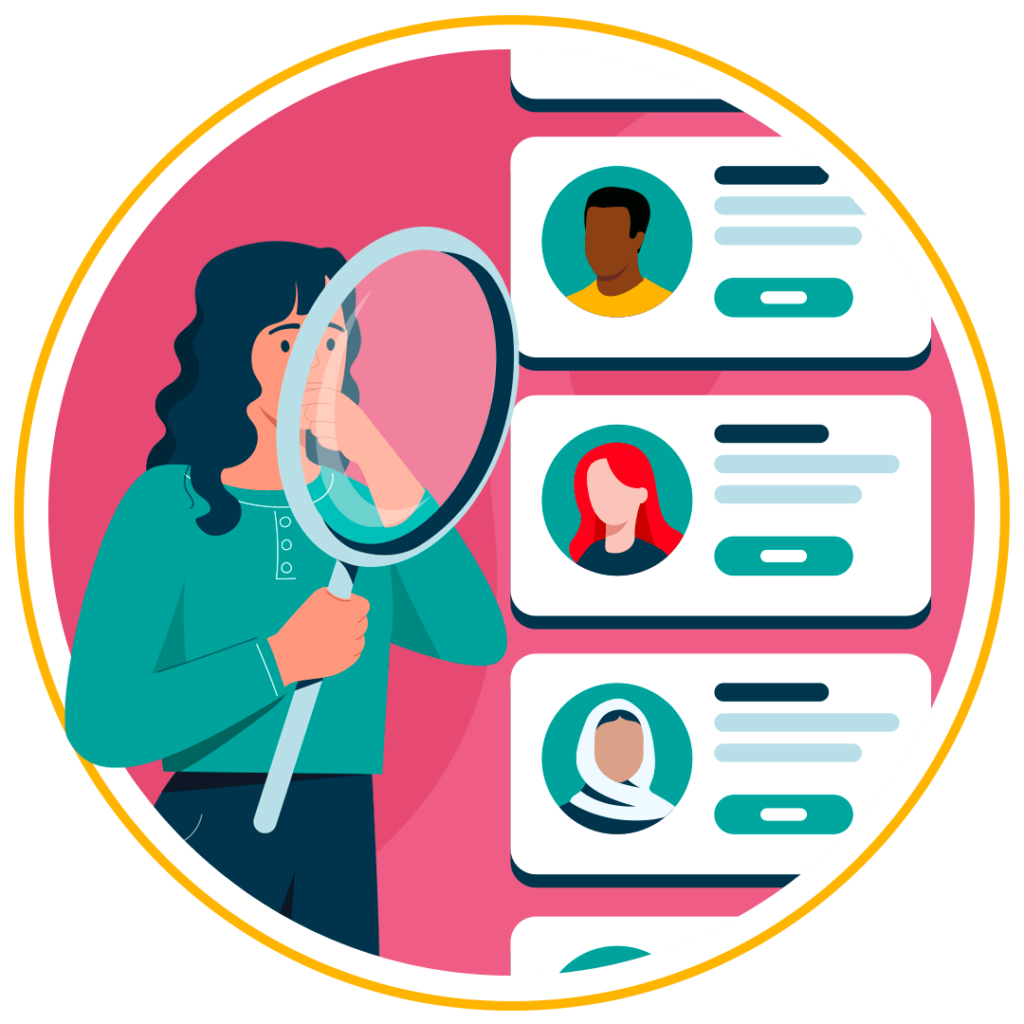
Educate your team
Unconscious biases are the hidden biases that influence our decisions and actions without us realising. As a result, they can be hard to spot, but can really pollute a company’s hiring processes if allowed to run rampant.
To prevent this, train your staff on unconscious bias and the importance of following diversity and inclusion best practices. You might choose to hold quarterly workshops where employees learn about unconscious bias, followed by open discussions to share insights. Raising awareness like this empowers individuals to act more thoughtfully, not just in recruitment, but in every aspect of corporate life.
Implement inclusive policies
Inclusive policies are crucial for making employees feel valued, and often include things like flexible working arrangements, accessibly designed office spaces, or comprehensive health and wellness benefits. Remote working could be offered to accommodate employees with caregiving responsibilities. Assistive technologies, like screen readers, could be given to disabled employees to help them be more effective in their roles. No matter the policy you choose to implement, make sure it is consistently enforced and supported by leadership; the policy’s success depends on it.
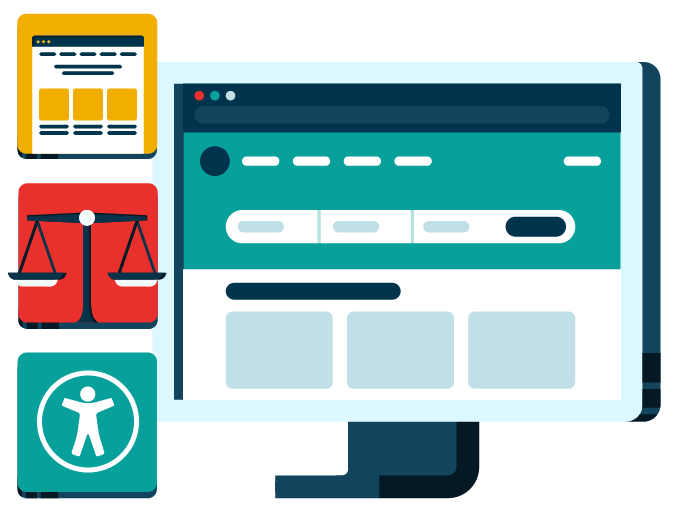
Make your website accessible
Every modern business has a website, but few are truly accessible to disabled users. Start by conducting an audit of your website to see which areas you should address first. The most effective way to do this is to use an automated auditing tool, like Recite Me’s accessibility checker, which scans your website for any non-compliant or inaccessible features.
This helps you to prioritize. So, from here, you can begin implementing change accordingly. Provide alternative text for images so they can be read by screen readers, ensure you are creating accessible videos with captions, and make sure your site uses accessible color contrasts that are compliant with the standards set out in the web content accessibility guidelines (WCAG).
Create a culture of feedback
Encouraging a culture of feedback allows employees to openly share their thoughts and feelings about diversity and inclusion efforts. It fosters transparency and continuous improvement on D&I matters, ensuring that the company is responsive to the evolving needs of its workforce. Regular feedback also helps leadership identify areas where the business may unintentionally overlook inclusion.
But how exactly does a company go about creating a culture of feedback? Perhaps the most obvious way is to create open communication channels, such as anonymous surveys, regular one-on-one meetings, or suggestion boxes. All of these provide employees a safe space for sharing their thoughts without fear of judgment.
It’s all well and good collecting feedback, but it means nothing unless something is done about it. Leadership should actively act on feedback, and publicly acknowledge improvements made based on employees’ suggestions, reinforcing that their voices are heard and their suggestions valued.
Our 40-page Digital Accessibility & Inclusion Toolkit helps businesses break down online barriers and make a real impact. It offers practical advice on all aspects of digital accessibility, from writing an accessibility statement to accessible website tips and inclusive hiring.

Benefits of diversity and inclusion
Of course, promoting diversity and inclusion, above all else, is the right thing to do. It levels the playing field, giving those from marginalized groups opportunities to succeed that they may not have otherwise had. But that doesn’t mean your business can’t benefit at the same time. Here are the main business cases for implementing diversity and inclusion practices throughout your organization:

- Better decision-making: With a diverse range of perspectives in the workplace, teams are more likely to consider different angles and make better decisions as a result.
- Increased innovation: When a diverse workforce feels included, they are more likely to share, instead of harbouring, their thoughts and ideas.
- Improved employee output: Workers who feel valued, and have all the tools they need to succeed, are more likely to be committed in their roles and produce better work.
- Enhanced reputation: Businesses that embrace diversity and inclusion are more attractive to top talent and are seen as ethically conscious.
- Increased market share: It takes a diverse group to know one. A diverse workforce caters to a diverse customer base, helping to attract clientele from a wide range of backgrounds.
D&I-related legislation to be mindful of in America
The Civil Rights Act of 1964 is somewhat of a landmark legislation that laid the foundation for promoting diversity and equal treatment across various sectors. It does this by prohibiting discrimination based on race, color, religion, sex, or national origin. This means that employers cannot make decisions about hiring, firing, or promoting based on these characteristics, encouraging businesses to employ inclusive hiring practices and HR policies.
The Americans with Disabilities Act (ADA) is another prominent D&I law that focuses specifically on discrimination against people with disabilities. It applies to almost any business that serves the public — known as ‘public accommodations’ — including non-profits.
A significant part of complying with ADA is making reasonable accommodations for employees with disabilities, including digital accommodations. This requires businesses to adhere to the standards set out in the Web Content Accessibility Guidelines (WCAG) — a series of criteria designed to help keep your website and other digital platforms accessible to those with disabilities. Compliance with WCAG will help you to avoid costly legal battles, especially as ADA lawsuits related to inaccessible web design continue to emerge.

